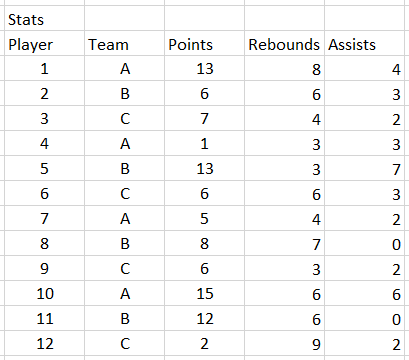Delve into the specifications of SQL's WHERE statement and its practical application in data filtration for careers in data analysis and database management. Learn how its correct implementation, with precise syntax, can ease data retrieval by setting specific conditions.
Key Insights
- The WHERE statement, in SQL, is a tool for data filtration from a given table.
- This statement functions by setting a specific condition that needs to be met in order for data records to be pulled out.
- The correct syntax for using a WHERE statement is: SELECT * FROM table WHERE condition.
- Real-world application of WHERE statement can be seen in data management for a basketball league where records of each player's team and basic statistics are kept.
- To retrieve players with more than 10 points in the league, an SQL query using WHERE statement can be employed.
- Running the SQL query with the WHERE statement correctly filters and presents the desired data based on the set condition.
This tutorial walks through the basics of the WHERE statement in SQL and an example of how to use it.
WHERE Statement
The WHERE statement is used to filter data from our table.
It sets a condition to be met for data records to be retrieved.
Syntax: SELECT * FROM table WHERE condition
Example
Let’s say we have a basketball league and we keep records of each player, which team they are on, and their basic statistics.
If we wanted to use a SQL query to find all the players with more than 10 points, we would write the following:
Once we hit ENTER and run, our result should be as follows:





